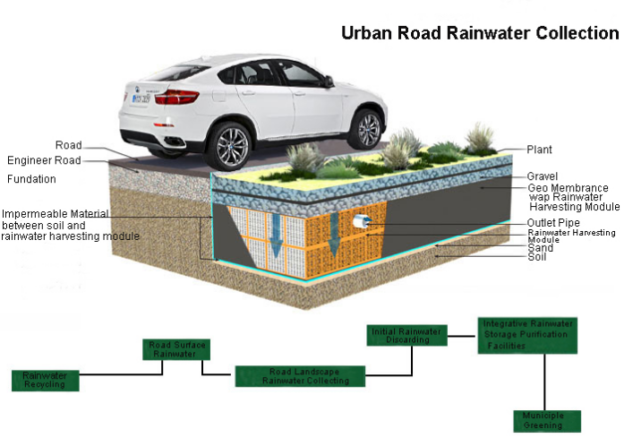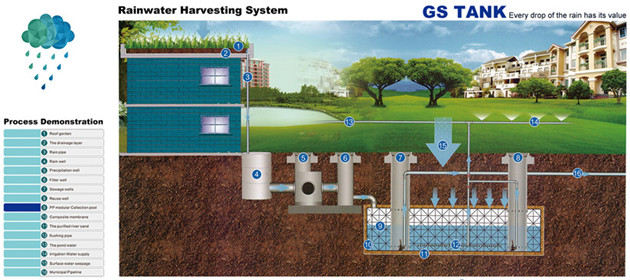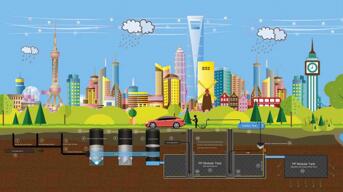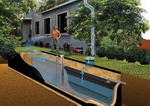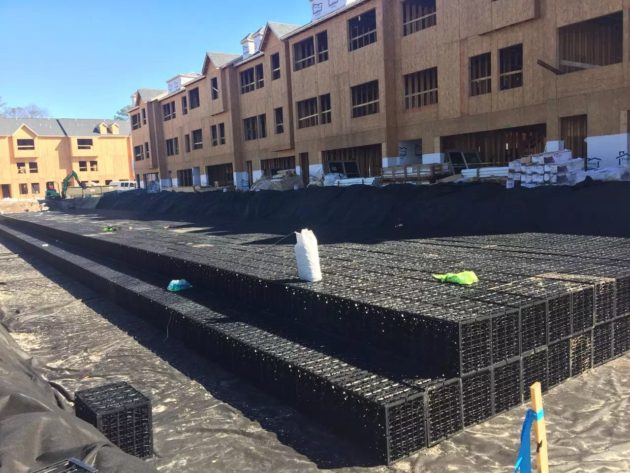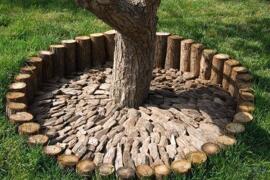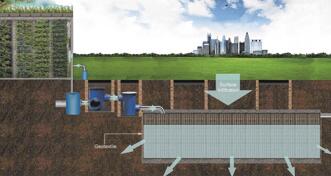Three methods of Rainwater Collection
Rainwater collection and utilization is an important means to realize rainwater resource utilization, save water, conserve groundwater, reduce non-point source pollution, reduce urban flood and drainage system pressure, improve and repair urban water environment. With the rapid development of economy and the acceleration of urbanization, the shortage of fresh water resources is more prominent, rainwater collection and utilization has broad space for development, has become an important measure to alleviate water shortage, reduce rain damage, improve waste water utilization.
Rainwater collection is not difficult, the technical requirements are not high, the economic investment is not large, the key is to change the concept, at the beginning of planning to consider how to deal with rain.
Method 1: Roof Rainwater Collection
For high-density construction of the city, the roof rainwater collection to substantially improve the utilization of precipitation resources.

Method 2: Site Rainwater Collection
1.Concave green water collection
When the rainwater flows through the surface shallow ditch, the pollutants are removed by the combination of filtration, osmotic absorption and biodegradation. The vegetation also reduces the rainwater flow rate , So that the precipitation of particles, to control the purpose of rainwater runoff.
2.Ground infiltration and water collection
Ground penetrate the purpose of including the rainwater recharge underground, replenishment of underground water, improve the ecological environment, alleviate ground precipitation, reduce waterlogging and so on.
3 Permeable pavement water collection
Road pavement a large number of selected water seepage material, roadway and sidewalk junction concrete road teeth, sidewalks and road green planting belt at the junction of concrete flat road teeth.
Method 3: Road Rainwater Collection
The greening and rainwater harvesting ports on both sides of the road are combined to collect and reuse rainwater through the greening filter path.


